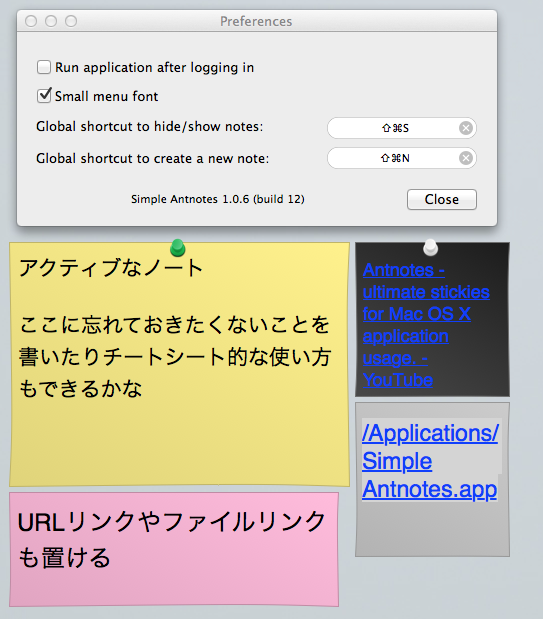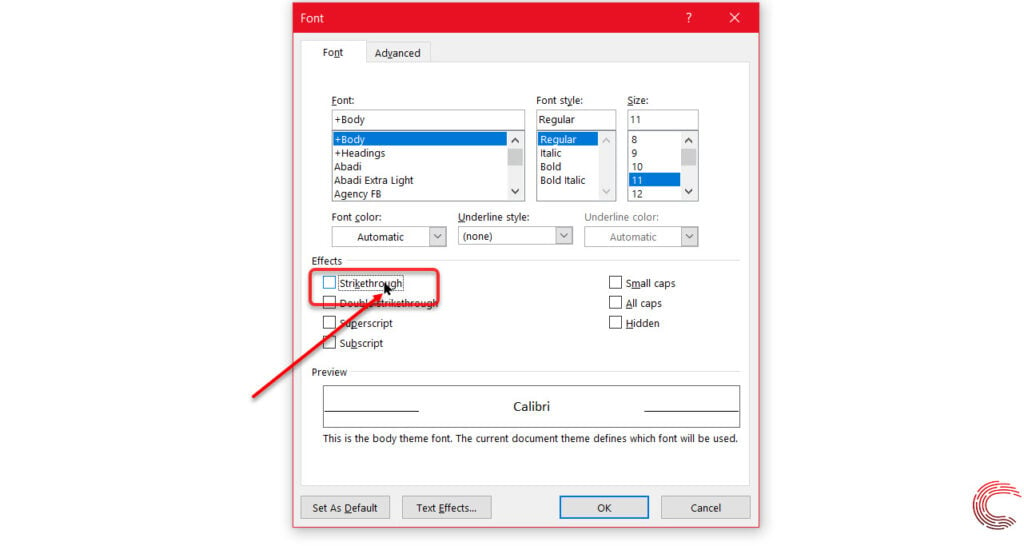

Simple antnotes mac strike through software#
Incidentally, the first of the OP's three links (to a nameless modern engraving of the piece, which looks like it has been produced by modern computer notation software and not "professionally" edited) arbitrarily changes the position of the "accelerando" mark, obliterating the meaning of the comment in the previous paragraph. The fact that the octaves with the grace notes that Chopin did write are marked "ritenuto," and those without grace notes are marked "accelerando," is not the sort of detail most "famous pianists" bothered about, if their own whims and fancies about playing the music differed from what the composer actually wrote. They might possibly mean "play these octaves the same way as the previous ones, notated with grace notes" - but if Chopin had wanted that, he was quite capable of writing it himself. These marks were certainly not in the first edition.

The OP's edition was apparently edited by Ernst_Rudorff.Ĭhopin has always been a victim of editors (often "famous" pianists who were not famous because of the depth of their musical scholarship) who thought they know better than the composer how the music should be notated and played (though Rudorff seems to have been a piano teacher, not a performer). Wiener Urtext also reproduces the marks and offers comments on the interpretation, but I don't have access to this edition at the moment. It says nothing about them in the critical commentary, but adds a footnote on the relevant page of the score giving the notation and saying:Ī: Probably an abbreviation for the continuation of the appoggiaturas The Henle edition chooses not to reproduce the marks. FE, GE, and EE do not have these arpeggio signs whichįE, GE, EE refer to the French, German, and English editions by Schlesinger, Breitkopf and Härtel, and Wessel respectively.
Simple antnotes mac strike through mac os x#
Buy at Mac App Store Download Free Requires Mac OS X 10. The second one helps us to drive the development of both applications. Played as arpeggios, in the same way as the preceding octaves, but Antnotes app is available in two editions: free version, called ‘Simple Antnotes’ and paid application with advanced features, called ‘Antnotes’. This signifies that these octaves should be In MS the last three octaves in the treble, as well as in the bass,Īre marked by small oblique lines pointing downwards in the treble, The Paderewski edition reproduced them in the text.

Let's look at how a couple of well-regarded editions handled them. I find it's really convenient for accessing my notes everywhere, though. It automatically syncs notes between computers/devices, so might not be for you if you only want local notes. The situation with Chopin is usually quite complex as he was selling his works simultaneously to multiple publishers. I'm using SimpleNote on my Mac and iPhone for pretty much all my note-taking. These marks are present in the autograph. The advice to ignore these marks based on the "first edition" is not well-founded.


 0 kommentar(er)
0 kommentar(er)
